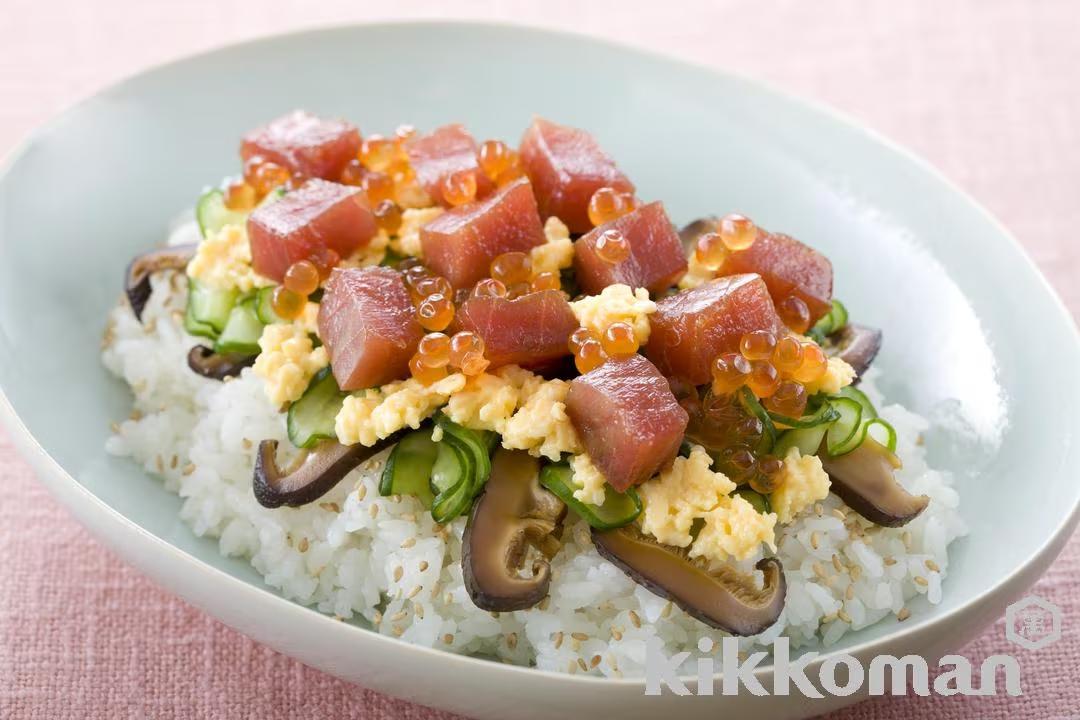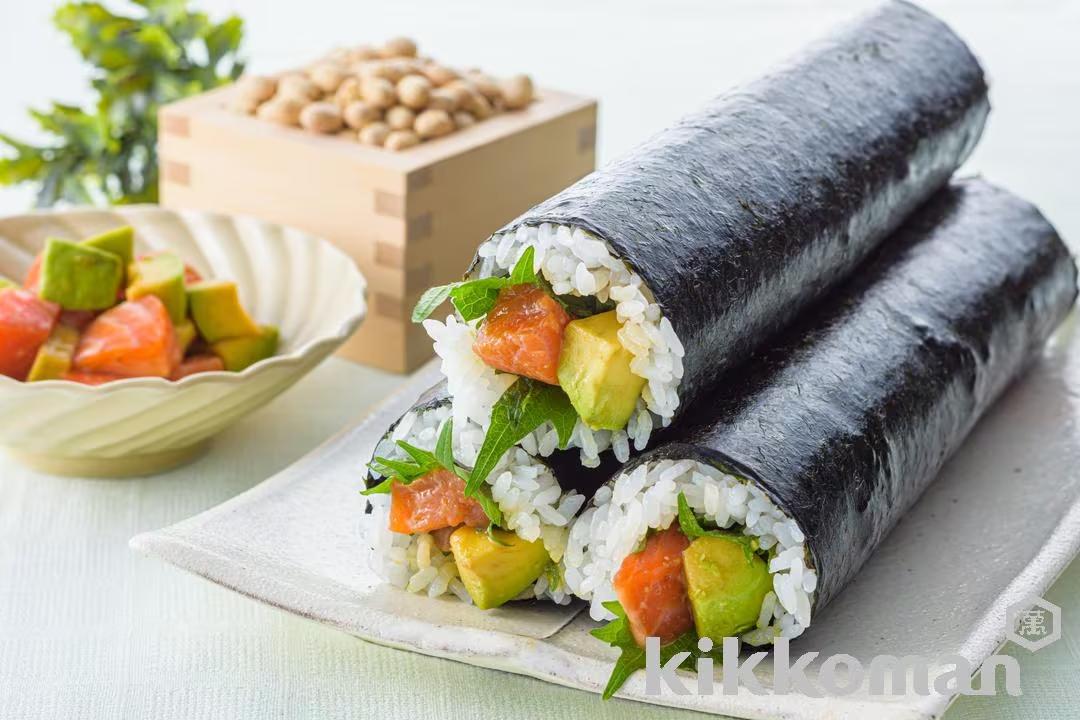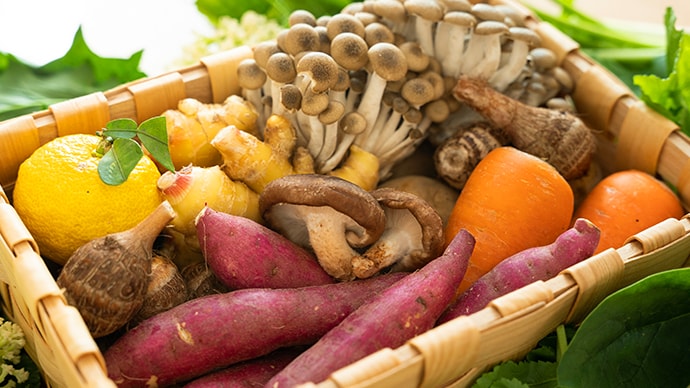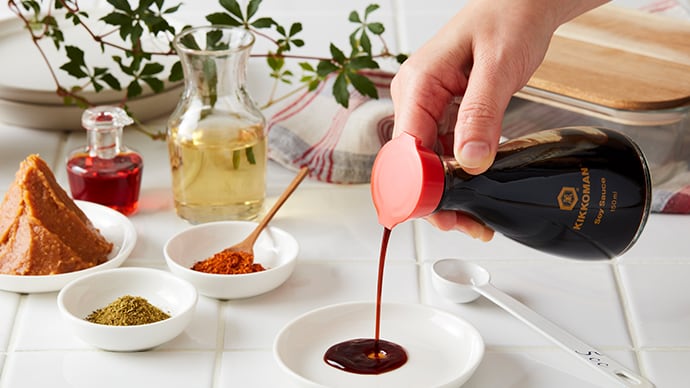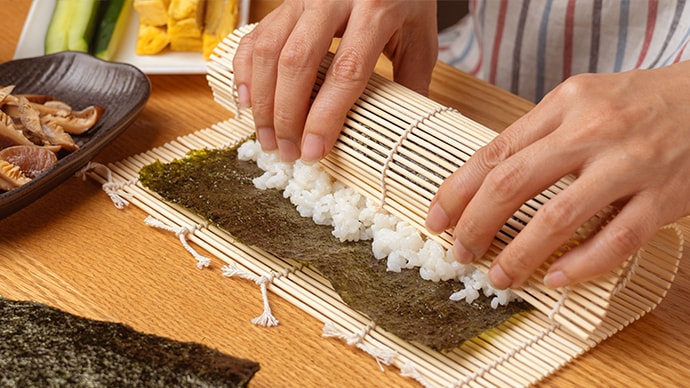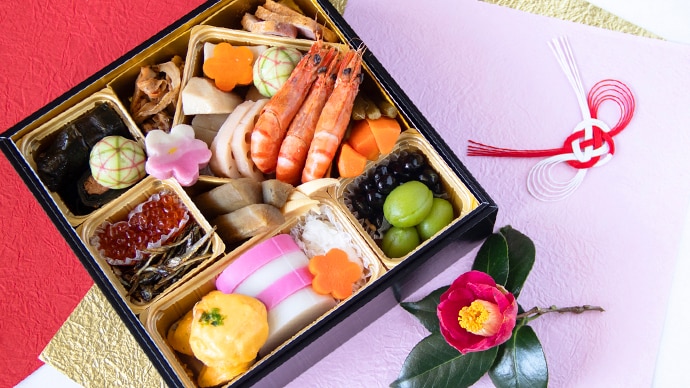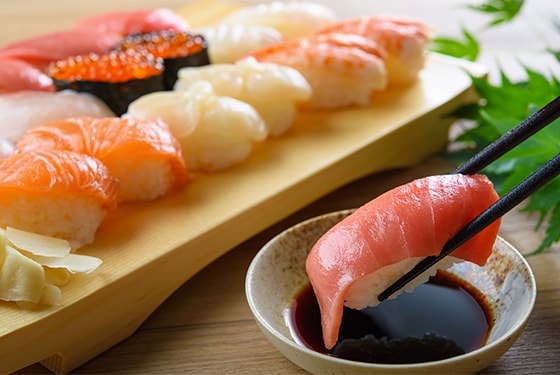
Fish, egg, or vegetables eaten with sushi rice. There are many types of sushi aside from the well-known Nigiri Sushi / hand-pressed sushi
What is sushi?
Sushi is made by adding fish, vegetables, or other ingredients to rice cooked and seasoned with vinegar and other seasonings. There are a lot of varieties of sushi in different regions of Japan. Nigiri Sushi is the most basic, but also Maki Sushi, Oshi Sushi, Chirashi Sushi, Inari Sushi, and more varieties are also common. Sushi rice takes ten parts rice and one part sushi vinegar, and sushi vinegar is made by mixing sake and sugar into vinegar.
- Hand-Pressed Sushi / Nigiri Sushi
Sushi made by placing fresh seafood or fried egg sliced to shape on top of sushi rice then pressing them together is called Nigiri Sushi. They are usually served with wasabi pressed inside and most people dip the sushi in soy sauce before eating.
- Sushi Rolls / Maki Sushi
Maki Sushi is a type of sushi that a number of different sushi ingredients is placed in a line on top of sushi rice, then rolled into shape by wrapping nori seaweed or thin fried egg around it. Maki Sushi are categorized into futomaki (thick rolls) and hosomaki (thin rolls), and are dipped in soy sauce before eating.
- Pressed Sushi / Oshi Sushi
Oshi Sushi is sushi rice shaped into a square with fresh seafood or other toppings placed on top. A lid is used to press the sushi into shape and then they are cut into one bite slices.
- Scattered Sushi / Chirashi Sushi
Chirashi sushi is sushi with ingredients arranged colorfully on top of the rice or mixed into the rice.
- Steamed Sushi / Mushi Sushi
Mushi Sushi is where sushi rice, mixed with ingredients, is steamed in a steamer. Mushi Sushi is great during the cold seasons.
- Inari Sushi / Stuffed Thin Deep-Fried Tofu Pouches
Inari Sushi is a type of sushi that is prepared with aburaage / thin deep-fried tofu boiled in a salty-sweet broth.
- Temari Sushi
Temari sushi is sushi rice and toppings rolled into small balls.
- Hand-Rolled Sushi / Temaki Sushi
Temaki Sushi is made by rolling sushi rice and toppings in nori seaweed by hand. They are often rolled by each person individually.
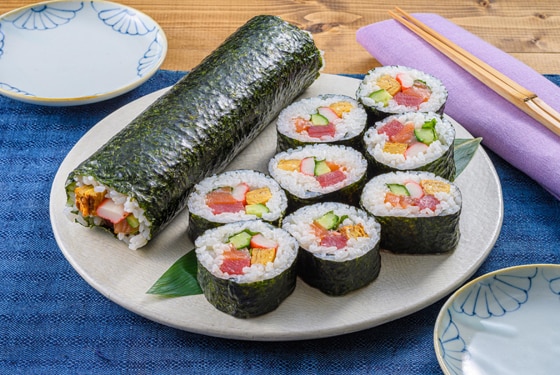
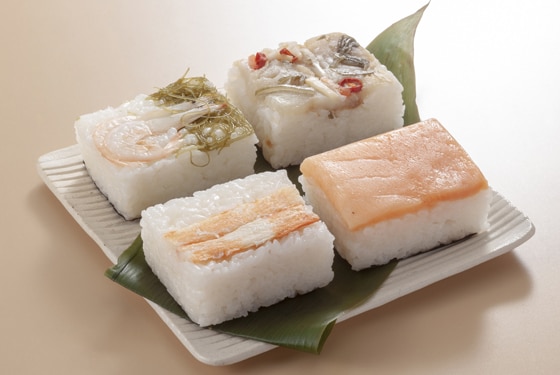
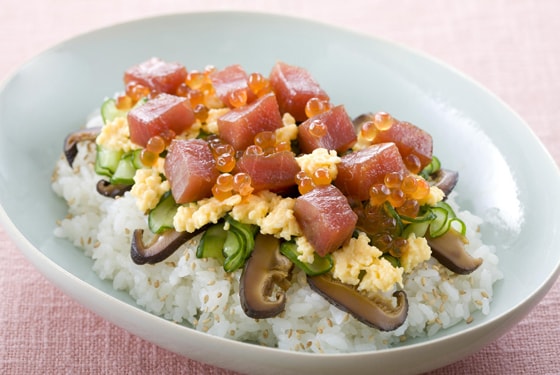
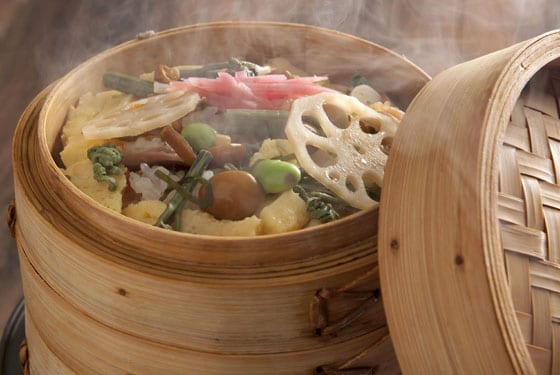
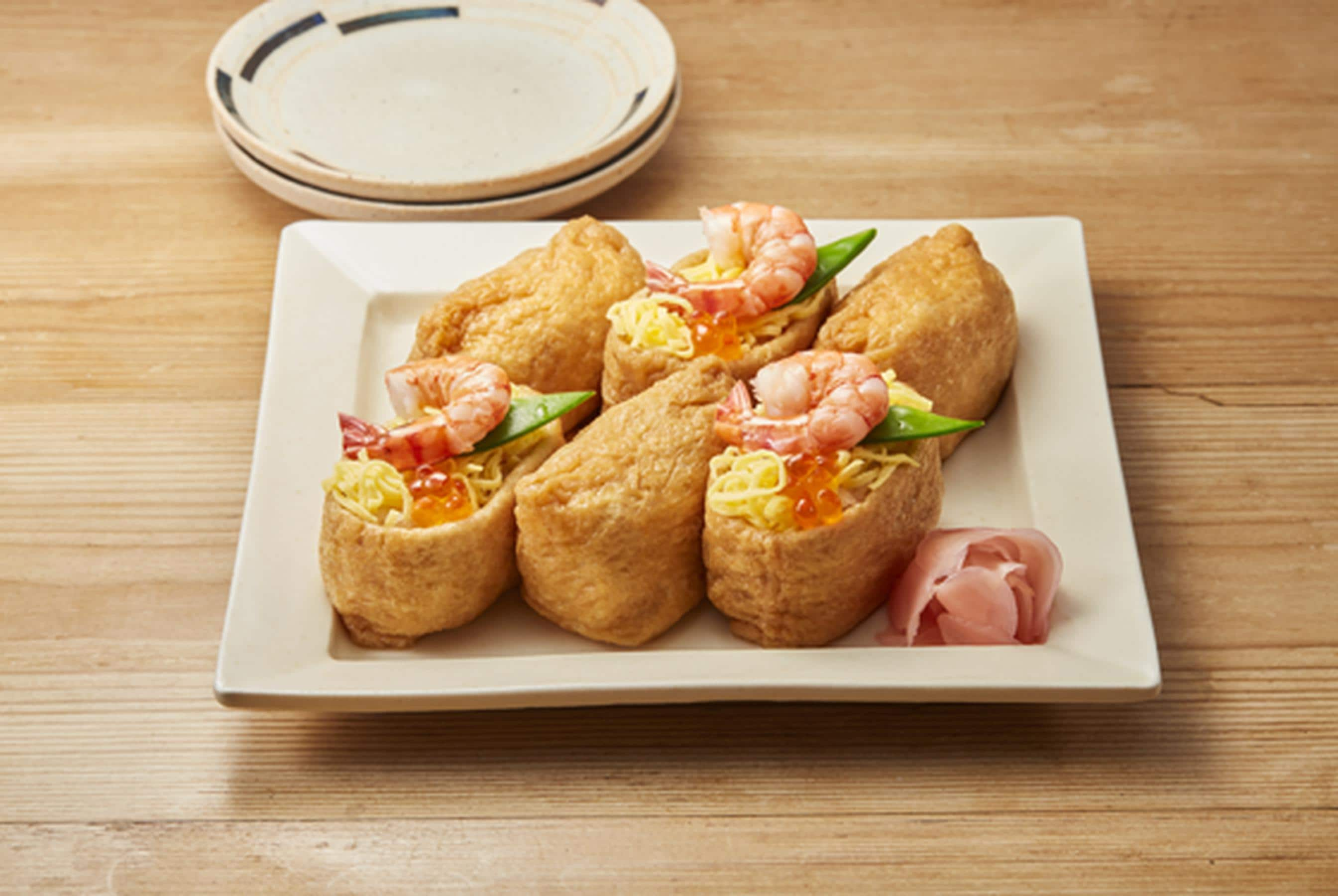
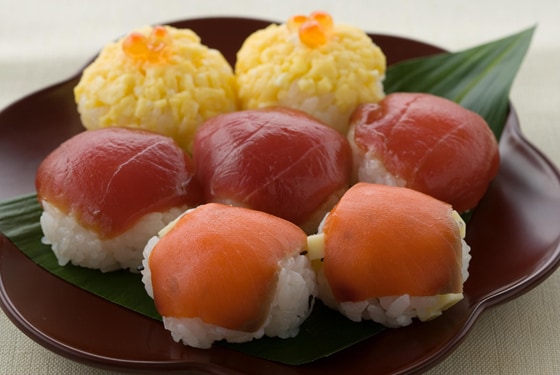
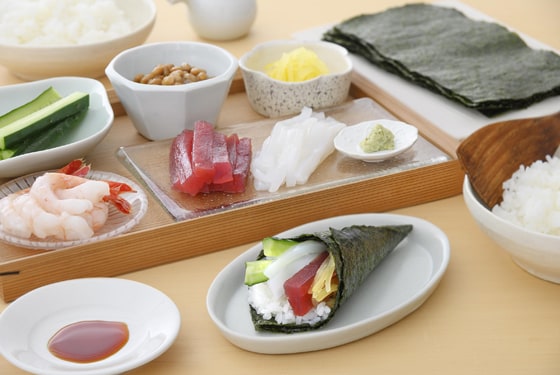
History
Sushi has a long history, said to date back to the Yayoi period (300 BCE-250 CE). It is said that it was originally born from the discovery of the tangy flavor that occurs when fish meat or shellfish ferment naturally, and people then began to make it ferment faster by combining this with rice. This process is called narezushi, and there are some regions that still make sushi like this to this day. After this, it was discovered that adding vinegar to cooked rice made the process even faster, and people began to eat the fermented fish and shellfish with cooked rice. Nigiri Sushi started in the latter part of the Edo period (1818-1830), and this became the main variety of sushi since it was the simplest to make. Before the invention and subsequent spread of refrigerators, cuts of fresh fish like tuna (maguro) used in making Nigiri Sushi or Chirashi Sushi were kept in seasonings made from soy sauce, mirin, and sake to protect against spoilage. This was called zuke, or pickling, and it is still used as a sushi topping today. The rest of the world recognizes the Japanese word sushi nowadays, and many enjoy it regularly.
Sushi restaurants themselves have evolved as well, such as the popular conveyor belt sushi restaurants (Kaitensushi) where one can enjoy low price sushi as it slides down to customers on a conveyor belt.
Occasions related to sushi
There is a festival in Japan that takes place on the first day of the Horse in the second month of the lunar calendar known as "Hatsuuma" (first horse). During this festival, people traditionally make offerings of Inari Sushi and eat it at the Inari shrines across Japan. There are other customs involving sushi, such as eating Chirashi Sushi for "Hinamatsuri" (celebration of girls), or the recently-spread custom where people eat thicker futomaki called "ehomaki" during "setsubun" (the last day of winter in the traditional Japanese calendar). It is traditionally eaten in silence while making a wish and facing the specific direction of luck (eho).
Trivia
Ensure you follow all your local safety standards when procuring, preserving, and preparing raw foodstuffs for consumption.
When eating sushi at a restaurant, it is considered bad manners to eat the sushi toppings and the rice separately. It is also recommended that you eat each piece of sushi in one bite, and that you avoid cutting them in half with your chopsticks. Do not force yourself to eat wasabi if it is not to your tastes, and ask for your sushi to come without.
Cooking Basics
Ingredients
- Rice
- 360 g (12.7 oz.)
- Water
- 340 ml (11.5 fl. oz.)
- Kombu/kelp (as desired)
- 5 cm (2 in.)
- Vinegar Mixture
- (4 Tbsp of rice vinegar, 2 Tbsp of sugar, 1 tsp of salt)
Directions
1
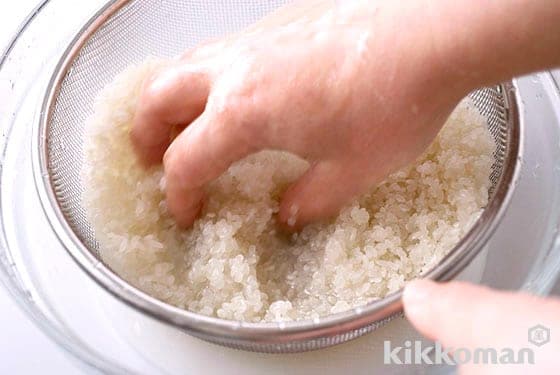
Rinse the rice.
2
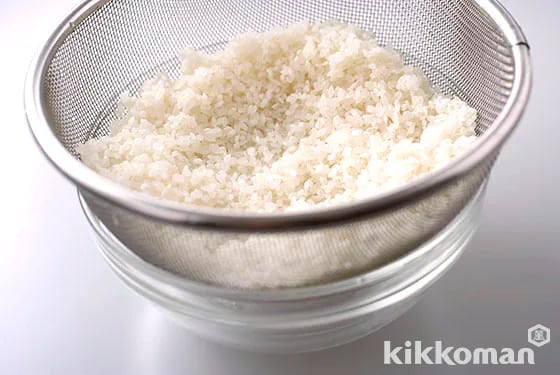
Place the rice into a colander and let sit for 30 minutes to 1 hour.
3
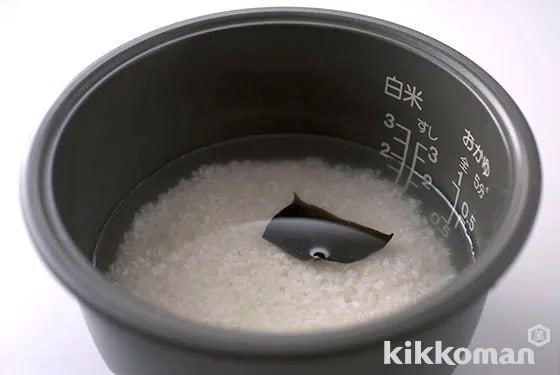
Transfer the rice into the inner pot of a rice cooker, add the indicated amount of water and kombu and cook as usual.
4
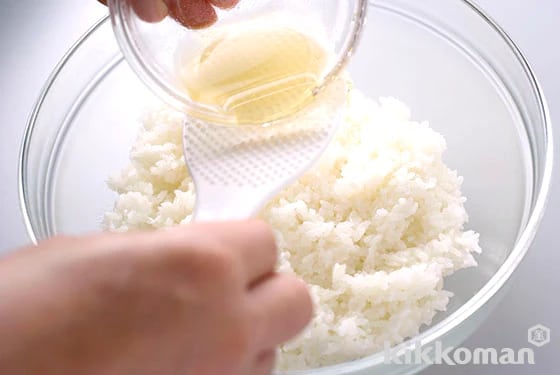
Prepare the vinegar mixture. Place the cooked rice into a bowl, pour the vinegar mixture over the rice and let sit for 1 minute.
5
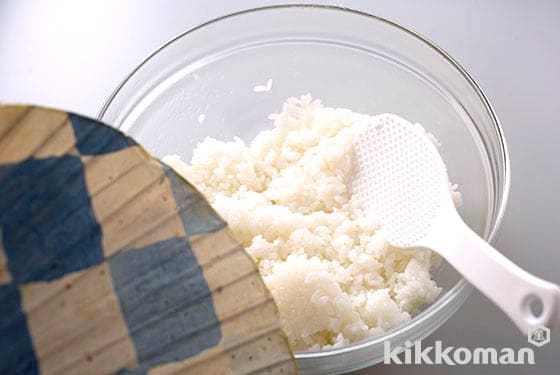
Mix with a rice paddle while fanning with an uchiwa fan (paddle-shaped fan). Mix the rice in a manner as though breaking it apart to prevent it from becoming sticky and mushy. Once the rice has a glossy shine and is cooled, it is ready.


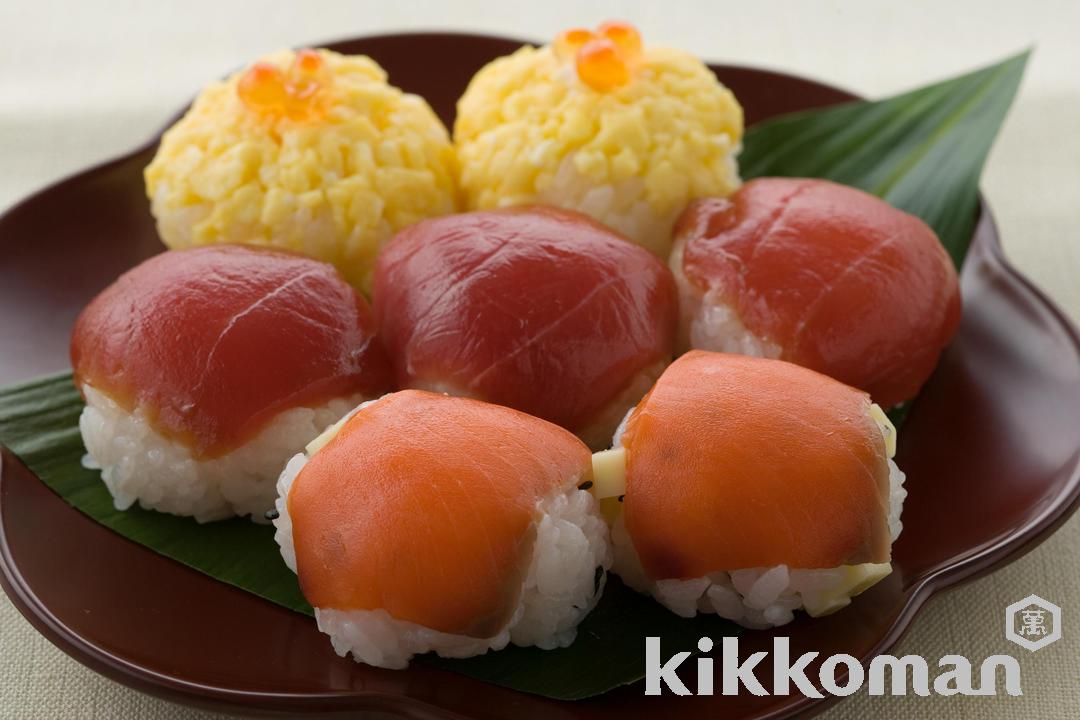
 20 minutes+
20 minutes+ 507kcal
507kcal 1.1g
1.1g